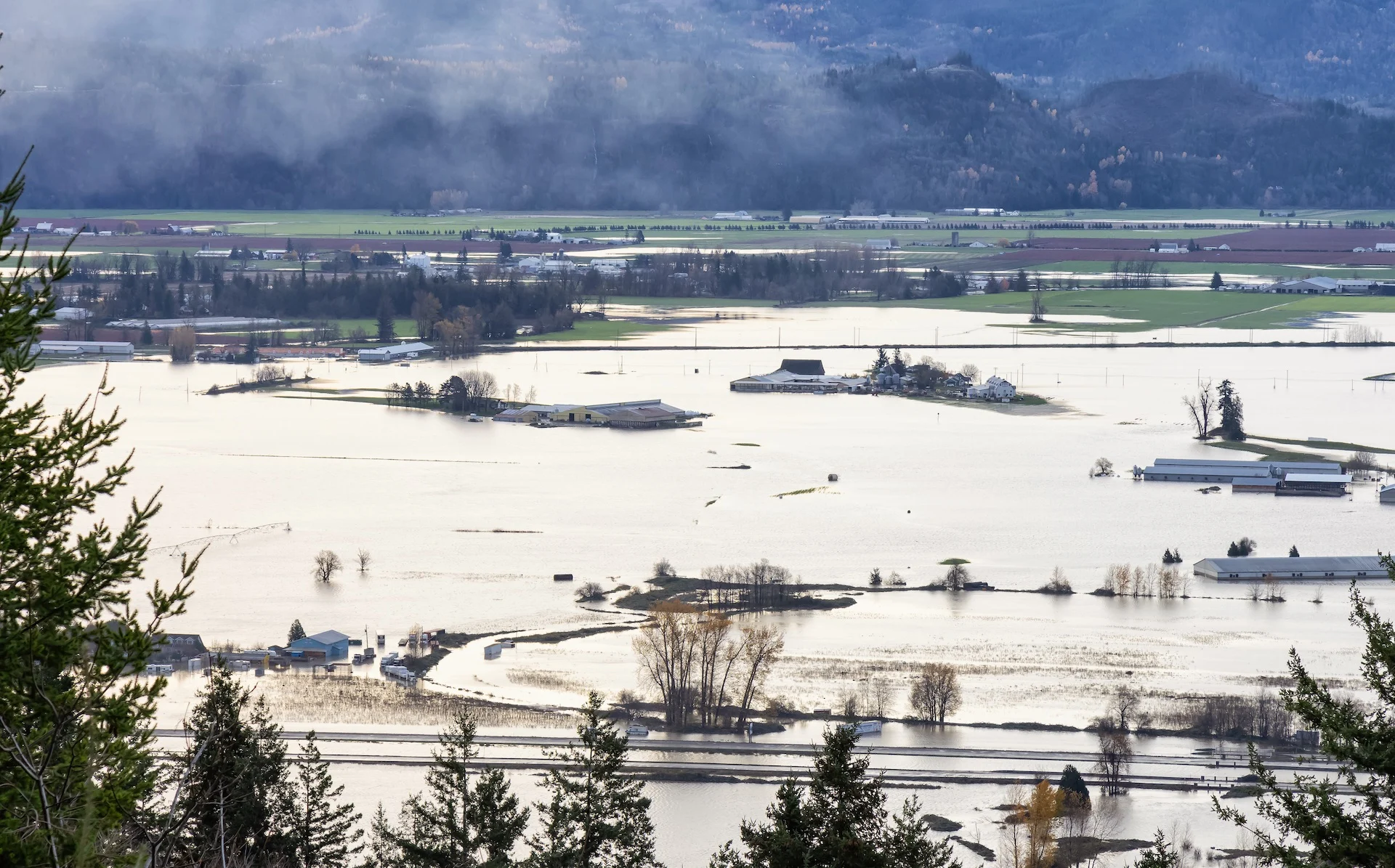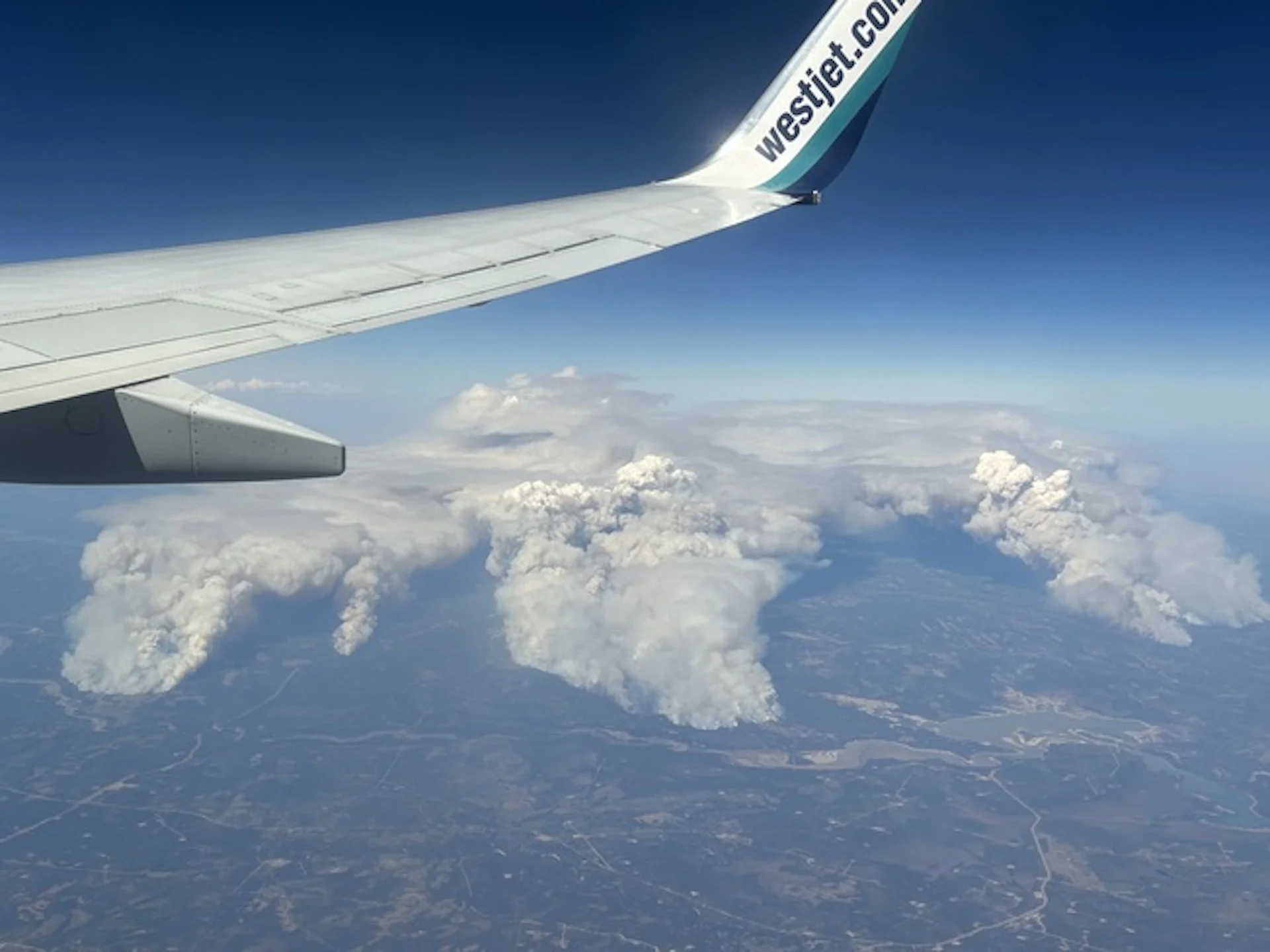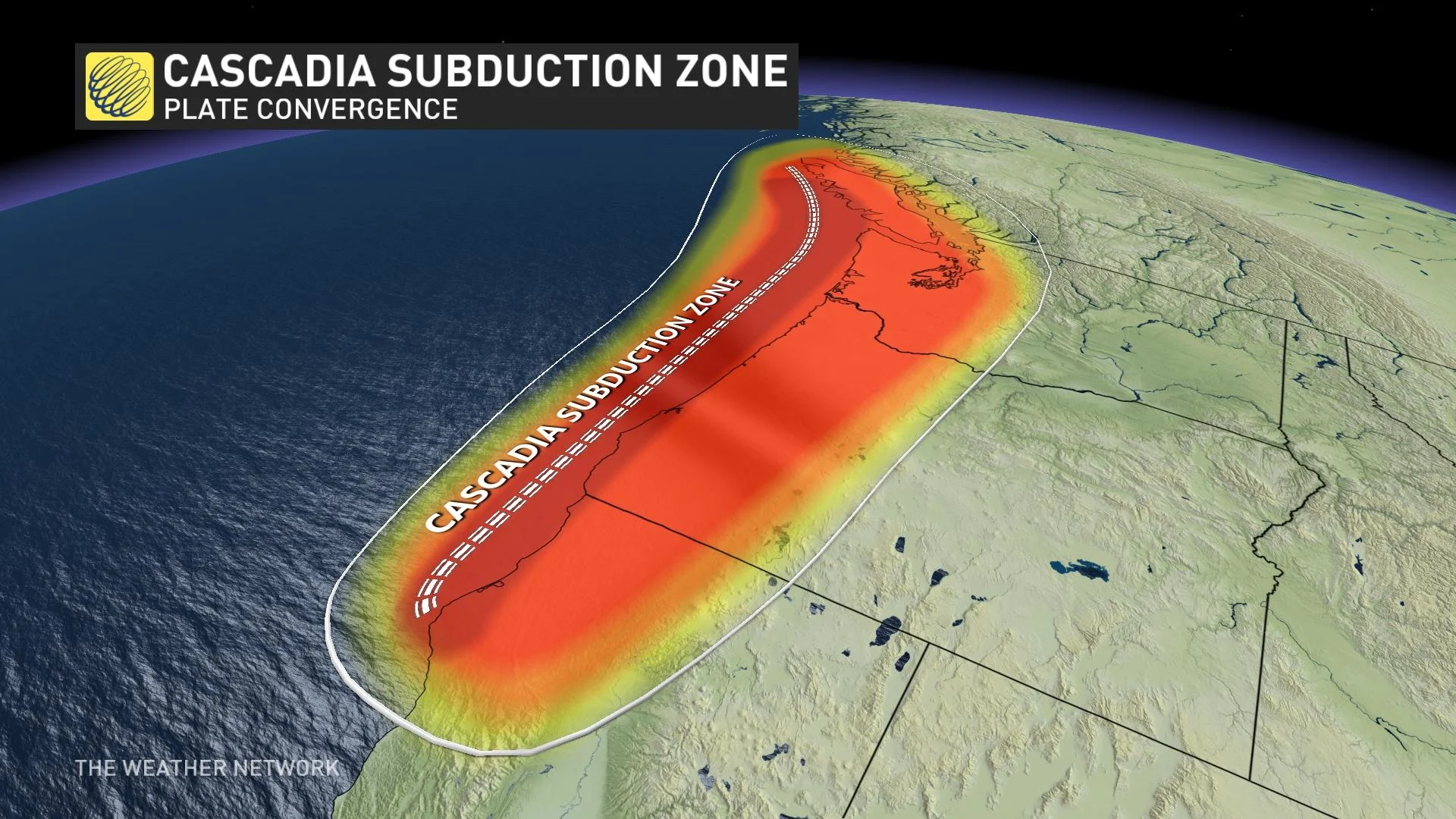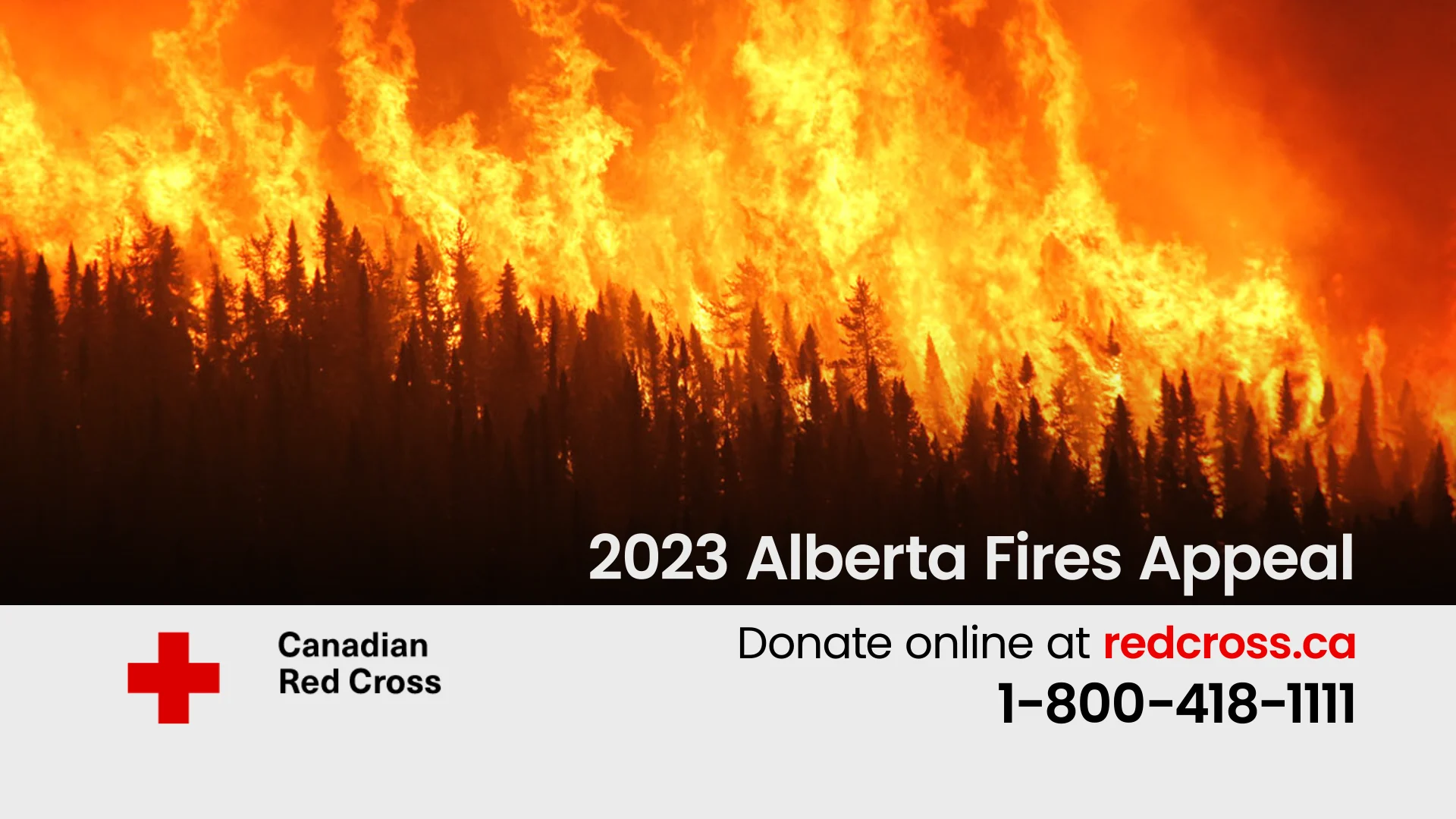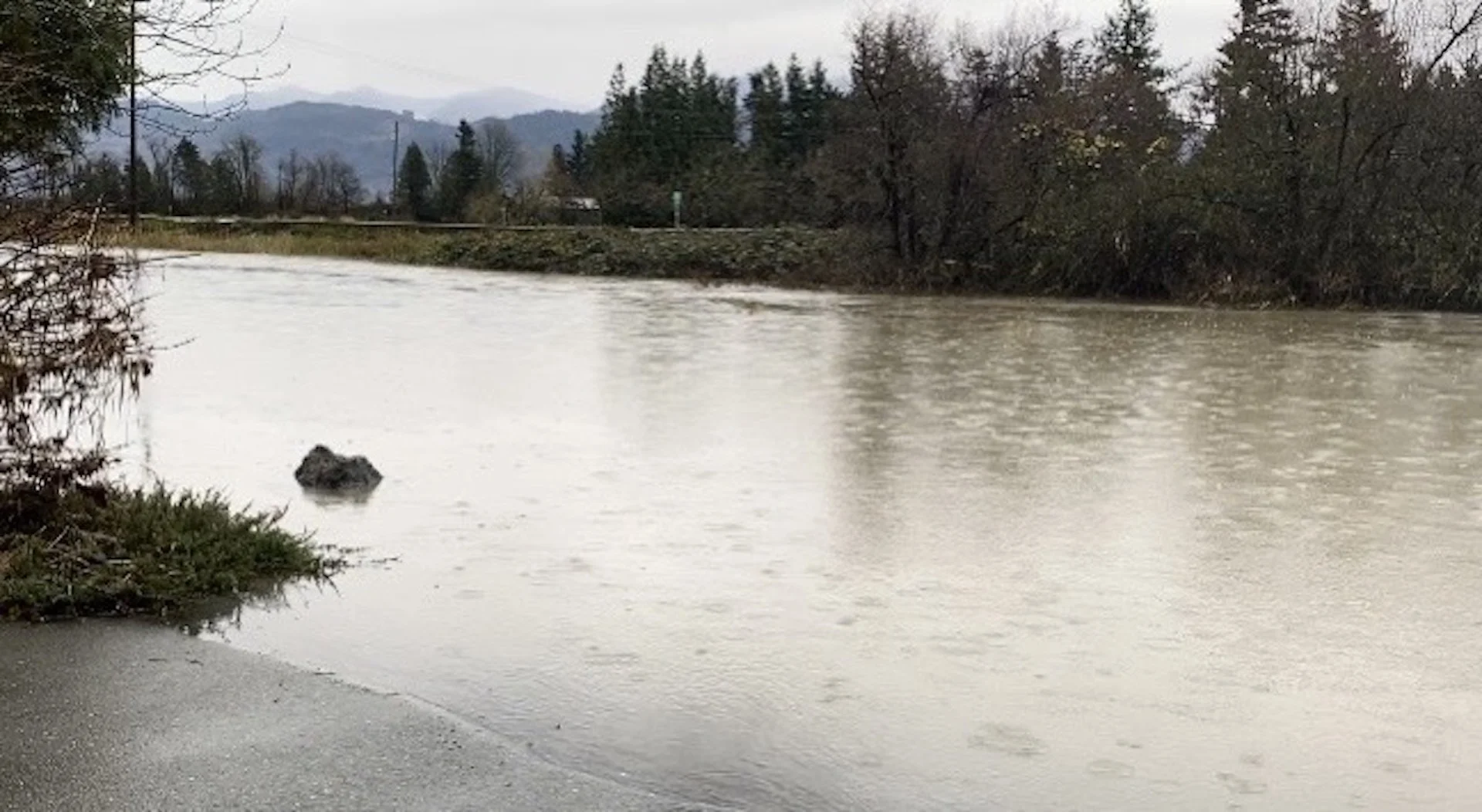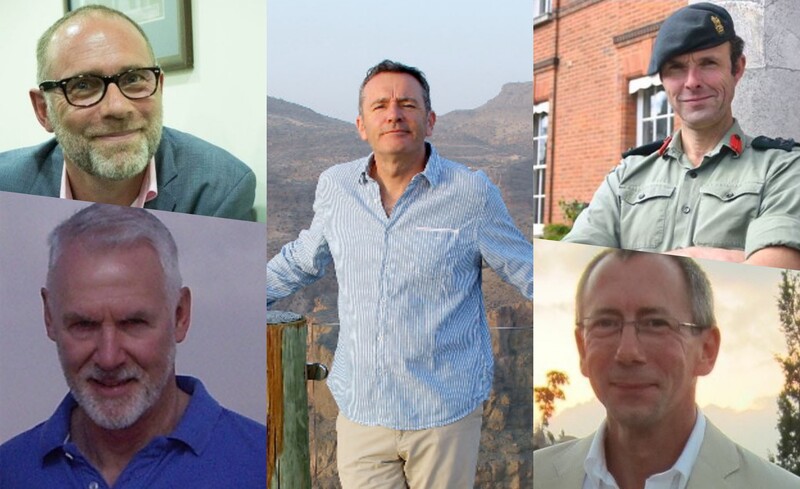By AFP
Published May 31, 2023

Will AI torpedo the ad industry?
Jules BONNARD with Carole GUIRADO
Data-driven algorithms supercharged the advertising industry by enabling precisely targeted campaigns, but new AI tools may be about to shake the sector once again.
Some brands are dipping their toes in the AI waters, like Coca-Cola, which has invited people to create AI works using “iconic creative assets from the Coca-Cola digital archives”.
Others are using it to create a social media buzz — fashion firm Stradivarius recently pushed out AI images based on one of its collections.
But the full force of the AI revolution may be felt most keenly in the engine room of the ad industry — the agencies who conceive and design the campaigns.
“We’re only at the beginning,” said Fernando Pascual, vice-president of design at Spanish company Seedtag.
His firm specialises in “contextual” advertising, which they claim will enable digital ads to blend in with the website where they appear.
So a car ad might show the vehicle driving through a glass and steel cityscape on a business-orientated website, but the same car might be seen cruising past peaceful suburban gardens on a family-friendly website.
“The main element of advertising is still anchored in reality,” he told AFP.
“We’re just helping our clients to be more relevant.”
Seedtag is far from the only ad agency promoting its AI chops.
But photographers and models are among those left wondering about their future livelihoods.
– ‘Uproar’ –
French lingerie firm Undiz recently found itself at the centre of the debate.
Billboards in brilliant blue with eerily beautiful models gliding underwater in the firm’s swimwear have appeared across France in recent weeks.
Only, there were no real people in these posters.
The models were created by an ad agency using image generator Midjourney, with real images of the swimming costumes added later.
“We wanted to achieve a slightly dreamlike, intriguing result,” Undiz director Isolde Andouard told AFP.
Andouard admitted that the campaign had caused “uproar” among models and photographers.
Thomas Serer, a popular French content creator and photographer, wrote on Twitter that he was a fan of AI but in this case “using AI adds zero value” apart from allowing the firm to save money.
Andouard was quick to deny the approach was simply about cutting costs, saying the AI campaign was rolled out alongside traditional photos.
– ‘Non-event’ –
The reaction to the Undiz campaign suggests the path to AI domination will be far from smooth.
And they are not the only company to have received criticism.
Jeans brand Levi’s trumpeted a partnership with Dutch studio Lalaland.ia in March with the promise of using AI models to boost diversity on its online shop.
After an outcry, the firm put out another statement saying its announcement “did not properly represent certain aspects of the programme” and promised to continue working with models and photographers.
There are plenty who doubt that such upfront uses will ever really go industry-wide.
Olivier Bomsel, an economist specialising in intellectual property and advertising, said the arrival of AI-manipulated images was a “non-event” and amounted to just a new kind of digital editing.
And as AI tools get more widespread, he said, the people whose images provide the training data will be able to claim fees that will eventually “cost as much as using a model”.
And the arrival of AI behemoths Meta and Google into the space is sending heads spinning.
Both firms announced in May a series of simplified AI tools that promise to allow anyone to design ad campaigns just using simple phrases as prompts.
It remains to be seen whether this will give ad agencies a shiny new plaything — or torpedo their business models entirely.
Op-Ed: El Cheapo AI extinction hype — Media psych-out be damned
By Paul Wallis
Published May 30, 2023

A flurry of Chinese companies are rushing to develop AI services following the launch of US-based OpenAI's ChatGPT - Copyright AFP/File HECTOR RETAMAL
According to the “people” running AI, it’s a risk of extinction to humanity. These slapped-together. clapped-out language databases with search functions are the big threat.
Never mind a pole-to-pole sewer of a planet. Never mind corrupt, servile, talentless politicians for hire. Never mind boring billionaires buying headlines for their trivial pursuits at the expense of everything else. Never mind high school-level basic thermodynamics in the atmosphere. Never mind a possible nuclear war.
It’s AI that’s the problem, really and truly it is, they say.
Sure, it is.
Like hell.
The problem is that you don’t do your jobs.
If this load of third-rate chatbot babble is a threat of extinction, it can just get in line with all the others.
The most likely cause and outcome of all this doom about AI is basic media marketing. There’s a cliffhanger. Maintain interest in something that doesn’t deliver anything but talk about itself. What will happen? Will our selfless heroes ride to the rescue on their fiery press releases?
Guess.
Of course not.
Real people working with these clockwork cretins will find workarounds. In case you haven’t noticed, real tech people are anything but impressed. Most of this utter crud is old tech repackaged. Bot culture will stagnate when they finally realize nobody listens to bots. Pitiful algorithmic online ads will bleat on to a non-existent audience. It’ll take them about a decade to figure it out.
The real danger comes from people who tolerate this abject drivel. In terms of real working artificial intelligence, this ain’t it. All of this stuff is basically cranked out using decades-old software ideas. The only difference is that this is multi-level software.
Consider:
If this tech is so dangerous, what’s being done about it by those controlling it? Apparently, nothing. Why not? If there are problems, why aren’t you fixing them?
Let’s try another, slightly less tolerant, perspective.
Nobody has to put up with it:If this load of putrid fetal-stage primitive AI garbage causes any problems at all for anyone at all, you’re liable. Try telling a court you’re not.
If AI goes down, you’re going with it first. The markets don’t like risk for no returns.
Failure to deliver advertised services by AI means you’re in breach of any type of business contract.
Nobody gives a damn how rich and godlike you think you are.
The world will be only too happy to bury you and your hype at the slightest excuse. One US civil case can kill you.
Capiche?
Get it right. That’s all you need to do. Get this wrong and you’re gonna need a new god.
_______________________________________________________
Disclaimer
The opinions expressed in this Op-Ed are those of the author. They do not purport to reflect the opinions or views of the Digital Journal or its members.
EU, US ready common code of conduct on artificial intelligence

Blinken said Western partners felt the "fierce urgency" to act following the emergence of AI - Copyright AFP Ludovic MARIN
Marc Preel with Shaun Tandon in Oslo
Published May 31, 2023
The European Union and the United States said Wednesday that they would soon release a voluntary code of conduct on artificial intelligence, hoping to develop common standards among democracies as China makes rapid gains.
Both political and technology industry leaders have been warning of the growing risks as AI takes off, with potentially wide-ranging effects on privacy and other civil liberties.
After talks with EU officials in Sweden, US Secretary of State Antony Blinken told reporters that Western partners felt the “fierce urgency” to act and would ask “like-minded countries” to join the voluntary code of conduct.
“There’s almost always a gap when new technologies emerge,” Blinken said, with “the time it takes for governments and institutions to figure out how to legislate or regulate”.
European Commission Vice President Margrethe Vestager added that a draft would be put forward “within weeks”.
“We think it’s really important that citizens can see that democracies can deliver,” she said.
She voiced hope “to do that in the broadest possible circle — with our friends in Canada, in the UK, in Japan, in India, bringing as many onboard as possible”.
Sam Altman, whose firm OpenAI created the popular ChatGPT bot, took part in the talks of the Trade and Technology Council between the EU and the United States, hosted this year in the northern Swedish city of Lulea.
The forum was set up in 2021 to try to ease trade frictions after the turbulent US presidency of Donald Trump but has since set its sights largely on artificial intelligence.
In a joint statement released by the White House and the European Commission, the two sides called AI a “transformative technology with great promise for our people, offering opportunities to increase prosperity and equity”.
“But in order to seize the opportunities it presents, we must mitigate its risks,” it said.
It added that experts from the two sides would work on “cooperation on AI standards and tools for trustworthy AI and risk management”.
They also discussed how to work together on sixth-generation mobile technology, an area in which Europeans have taken an early lead.
– China concerns –
The EU has been moving forward on the world’s first regulations on AI, which would ban biometric surveillance and ensure human control of the technologies, though the rules would not enter into force before 2025 at the earliest.
China has also discussed regulations but Western powers fear that Beijing, with its growing prowess in the field and willingness to export to fellow authoritarian countries, could effectively set global standards.
While concerns have risen about China in the European Union, the bloc as a whole has yet to take as assertive a stance as the US has, with French President Emmanuel Macron recently leading a major business delegation to the world’s second-largest economy.
But Blinken played down differences between the US and European positions on China, saying that “None of us are looking for a Cold War”.
“On the contrary, we all benefit from trade and investment with China, but as opposed to de-coupling, we are focused on de-risking,” he said.
– Rising wonder of AI –
The United States has made no serious effort to rein in AI despite rising calls for regulation, including by some in the tech industry.
Technology leaders, including Altman, warned in a joint statement Tuesday that AI could put the world at risk without regulation.
“Mitigating the risk of extinction from AI should be a global priority alongside other societal-scale risks such as pandemics and nuclear war,” they wrote.
ChatGPT burst into the spotlight late last year as it demonstrated an ability to generate essays, poems and conversations through minimal input.
Hoping to demonstrate both the strengths and risks of AI, Danish Prime Minister Mette Frederiksen on Wednesday delivered a speech to parliament partly written by ChatGPT.
“Even if it didn’t always hit the nail on the head, both in terms of the details of the government’s work programme and punctuation… it is both fascinating and terrifying what it is capable of,” she said.
The Computer and Communications Industry Association, which represents major technology firms, in a statement welcomed the “heightened, pointed transatlantic engagement” on AI at the meeting in Sweden.
But it reiterated its opposition to any EU fees or actions against foreign tech companies.








